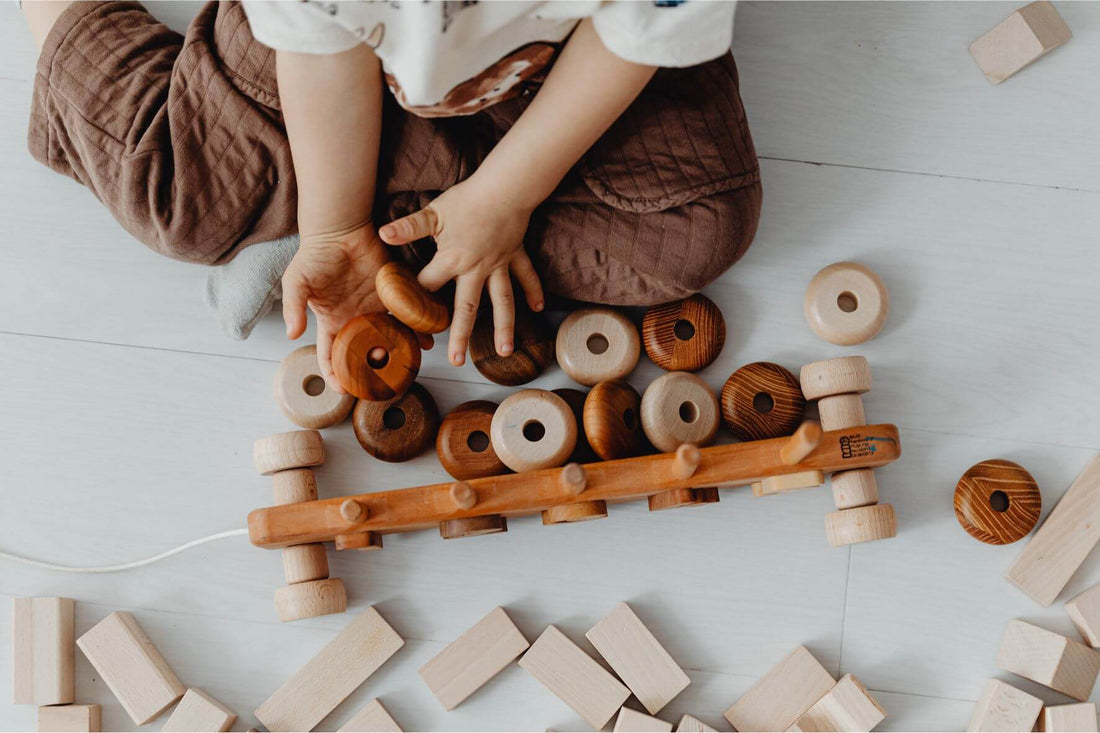
The Benefits of Simple, Open-Ended Toys in Child Development
Share
A recent story in The Guardian noted the irony of many educational toys, stating that they often don't leave much for children to do or figure out on their own. The article quoted psychologist Kathy Hirsh-Pasek, who said, "The best toys are 90% the kid, 10% the toy. If it's 90% the toy, and 10% the kid, that's a problem."
As parents and guardians, we often seek out toys that will help our children learn and grow. However, choosing the right type of toy can be crucial in promoting their development. In this article, we will explore the findings of a decade-long study conducted by the Center for Early Childhood Education at Eastern Connecticut State University and discuss the benefits of simple, open-ended toys in child development.
The Study
The Center for Early Childhood Education conducted a decade-long study to investigate the impact of different types of toys on play. The researchers observed children playing with more than 100 different types of toys and recorded their play behaviors. After analyzing the data, they found that simple, open-ended, non-realistic toys such as a random assortment of Lego inspired the highest-quality play.
The Benefits of Simple, Open-Ended Toys
The results of the study showed that children who played with simple, open-ended toys were more likely to engage in creative play, problem solving, peer interaction, and language development. These types of toys allow children to use their imaginations and come up with their own stories and scenarios, which can enhance their cognitive and social development. For example, a wooden cash register inspired children to engage in role play and conversations about buying and selling. This type of play allows children to practice their communication and negotiation skills and encourages imaginative thinking.
The Limitations of Electronic Toys
In contrast to simple, open-ended toys, the study found that electronic toys tend to limit kids' play. Electronic toys are often pre-programmed and have limited options for interaction, which can be detrimental to a child's development.
For example, a plastic cash register that produced sounds when buttons were pushed mostly inspired children to repeatedly push the buttons, rather than engaging in imaginative play. This type of play can be less stimulating and less beneficial for a child's development compared to play with simple, open-ended toys.
While educational toys can be a great addition to a child's toy collection, it's crucial to balance them with simple, open-ended toys that leave room for imagination and exploration. These types of toys can have a significant impact on a child's development and provide a rich and enjoyable play experience. By choosing toys that allow children to do the majority of the work and thinking, we can promote their cognitive and social development and provide them with an enjoyable and stimulating play experience.










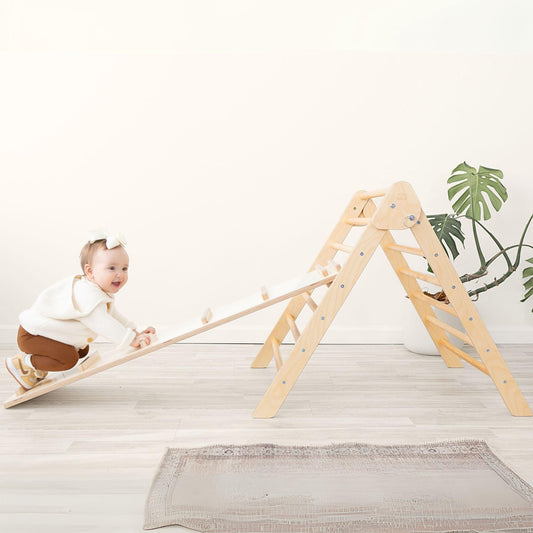

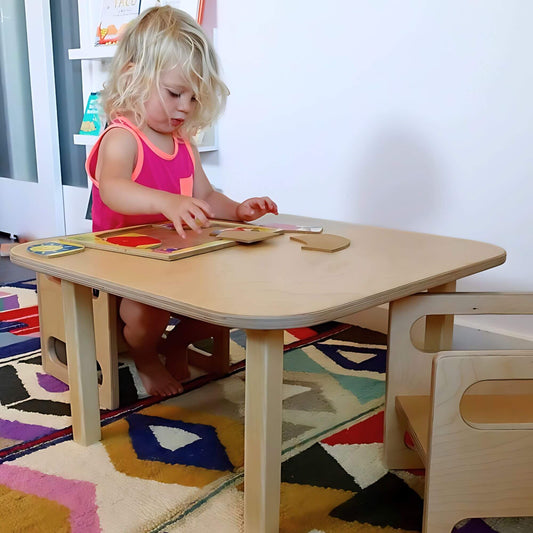

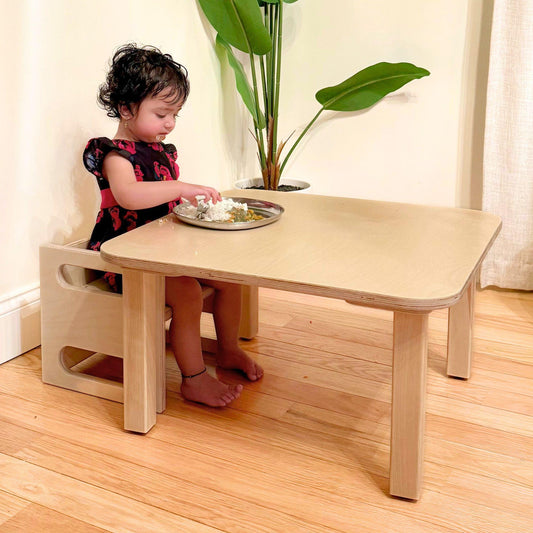

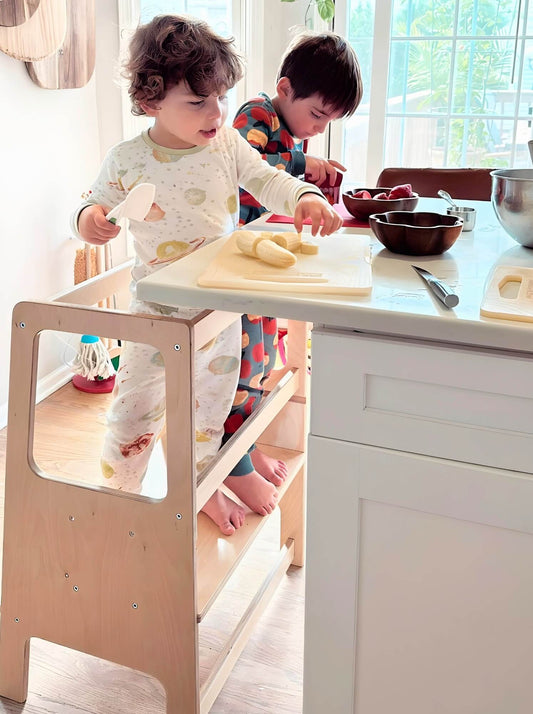
 Off
Off
